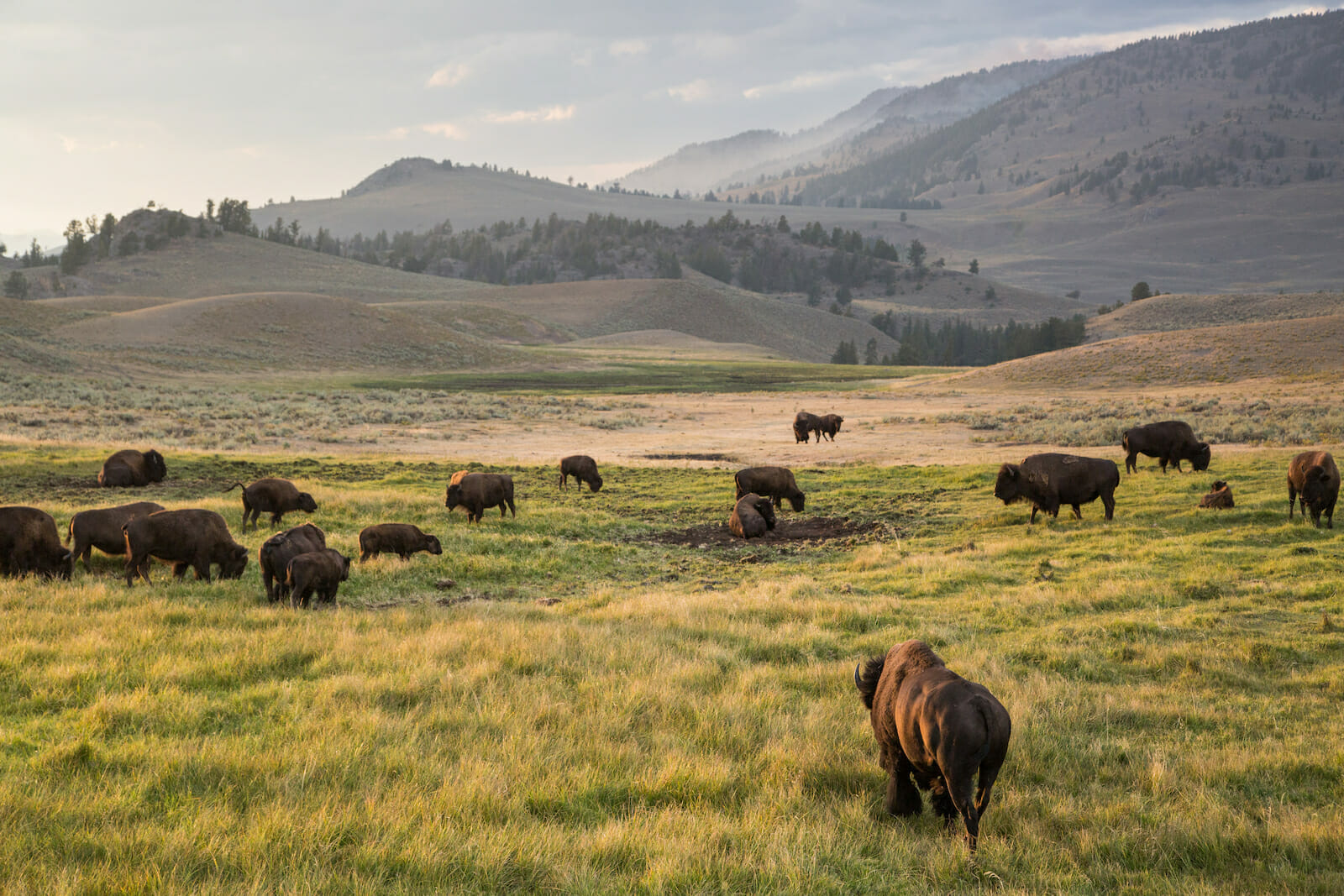
A ‘Development Fund’ for the United States
There are many challenges facing the United States. There is a resurgent Russia, testing the will of NATO, and trying to break the U.S. relationship with Europe. Then there are the actions of China in the South China Sea where China has constructed several artificial islands and is trying very hard to militarily force the United States out of Asia. There is the polarization of politics in the United States with its people are finding it difficult, and at times impossible, to select a government that is functional. Yet the greatest long-term danger the United States faces is its addiction to deficit spending and its refusal for it to live within its means. Currently, the United States has a debt of $22 trillion, with no end in sight of more deficit spending, and less and less fiscal responsibility.
The American people demand certain goods and services from its government yet are unwilling to tax themselves to pay for these goods and services, and so ad infinitum. Yet unnoticed by U.S. citizens is the fact that they currently have from $123.8 trillion to $200 trillion of physical assets on federal land. This valuation includes the untapped potential of the Green River formation and the 3 trillion barrels of shale oil.
Yet the American people very rarely see a 13th of the value of these assets due to the paltry royalties paid to the U.S. government from private companies who mine and extract wealth from federal lands. If the U.S. were to adopt a Development Fund based on the mineral wealth that is on federal land, then the issues on financing the U.S. government would be a thing of the past.
Such a fund would require a reversal of the roles that currently define the dynamics between private companies and the federal government, which holds federal lands in trust for the citizens of the United States. Instead of the current policies where private companies pay the U.S. government 0.125 cents for every $1 of wealth extracted, the U.S. would pay private companies to extract wealth from federal land and then sell the extracted mineral wealth on the open market.
The fund would also have the authority to invest these funds in private industries worldwide such as the Global Norwegian Government Pension Fund and the Alaskan Permanent Fund. The guiding principle of such an investment fund would be of a conservative nature with the view of long-term benefits as opposed to short term benefits.
All of this is commercially and technologically possible, what is lacking is the political will to do this.
Successful Development Funds
There are two diverse types of Sovereign Wealth Funds (SWF) or Development Funds that should be examined before discussing a proposed Development Fund that this article proposes.
The Alaskan Permanent Fund
The Alaska Permanent Fund (APF) is an established permanent fund managed by a state-owned corporation, the Alaska Permanent Fund Corporation (APFC). The fund was set up for the benefit of the people of Alaska. The fund was created in 1976 to take advantage of the leasing of state land to the oil companies that were developing the oil riches of Prudhoe Bay. The Fund receives at least 25% of the oil revenue generated from oil extraction on state lands. The Fund is divided into two parts, the Principal, and the Earnings Reserve. The Principal is non-spendable, while the Earnings Reserve is spendable. It is from the Earnings Reserve that the Alaskan Dividend is paid.
The Fund grew from a first investment of $734,000 in 1977 to approximately $65.3 billion as of April 30, 2019. Some growth was due to good management, some to inflationary re-investment, and some via legislative decisions to deposit extra income during boom years. Each year, the fund’s realized earnings are split between inflation-proofing, operating expenses, and the annual Permanent Fund Dividend.
The fund itself is now part of the Alaskan State Constitution. Placed on the state ballot in April of 1976, the voters approved of the amendment to the Alaskan State Constitution placing the APF off limits to the state house and state senate. The Alaskan Permanent Fund is the only SWF that is protected by a constitutional amendment.
Each year, every citizen of Alaska receives a dividend check which is called the Permanent Fund Dividend (PFD). For the year 2018, the PFD was $1,600. For the year 2019, the estimated PFD will be $3,000.
Government Pension Fund of Norway
The Government Pension Fund of Norway consists of two different Sovereign Wealth Funds (SWF). The first is the Government Pension Fund Global, and the second is the Government Pension Fund Norway. The Government Pension Fund Norway invests only in Scandinavian countries and it only invests in those stocks and bonds that are listed on the Oslo Stock Market. The Global Fund invests in companies globally and outside of the Scandinavian countries.
The Norwegian Global Fund is the largest investor of stocks in the European Union and its value as of March 2019 was over $1 trillion.
The Global part of the SWF of Norway has an ethics committee and will remove and add companies to the fund depending upon the guidelines of the Global Fund. For example, in the past few years, the SWF has disinvested from 53 companies that derive at least 30% of its earnings from coal mining and usage.
Since 1998, the fund has been allowed to invest up to 40 percent of its portfolio in the international stock market. In June 2009, the ministry decided to raise the stock portion to 60 percent. In May 2014, the Central Bank governor proposed raising the rate to 70 percent. The Norwegian government planned that up to 5 percent of the fund should be invested in real estate beginning in 2010. A specific policy for the real estate investments was suggested in a report the Swiss Partners Group wrote for the Norwegian Ministry of Finance. The fund’s current investment strategy dictates 65% equities, and 35% among other investment instruments.
Since its inception, the Global Norwegian SWF has recorded a profit of 5.83% return on investment. Its average return has been 3.9%
This is only the profit made from investments in stocks and securities from the Norwegian SWF.
Norway has also expanded into funding large corporate mergers. A recent article in the Los Angeles Times describes the increasing popularity of Development Funds or Sovereign Wealth Funds among several countries.
A Proposed U.S. Development Fund
By setting up a Development Fund for the United States, United States economic and fiscal difficulties would soon become an issue of the past. While the United States should continue to tax its citizens, the profits from the development of its natural resources would help the population of the United States, rather than the private companies which currently extract wealth from federal land and pay the U.S. taxpayer $0.125 cents, while keeping $0.875 cents for themselves.
As with the Alaskan Permanent Fund, a constitutional amendment would be necessary to guarantee that the House and Senate cannot change the charter of a Development Fund and guarantee that the fund will be available for the use of future generations.
The Bureau of Land Management (BLM) is the governmental agency which currently manages the real property of the government of the United States. Its charter is: “To sustain the health, diversity, and productivity of the public lands for the use and enjoyment of present and future generations.”
Since the BLM’s charter is to supervise public land for “…the use and enjoyment of present and future generations…” it is not inconceivable for the U.S. Congress to change the wording to reflect the following: “To sustain the health, diversity, productivity and fiscal management of the public lands for the use and enjoyment of present and future generations.”
The charter for a Development Fund for the United States would be bound by the Santiago Principles governing the use of any Sovereign Wealth Fund.
The profits from the development of federal land would belong to the charter for the Development Fund as opposed to the profits to be disbursed to the U.S. Treasury.
A Definition of Capitalism
Some people will attack this proposal as “socialism or communism” when it is really capitalism. To frame my argument in proper terms I have described the classical definition of capitalism and proposed a new wording of the definition of capitalism.
The definition of capitalism as defined by the Merriam-Webster is: “An economic system characterized by private or corporate ownership of capital goods, by investment that are determined by private decision, and by prices, production and the distribution of goods that are determined mainly by competition in a free market.”
If we slightly alter this sentence and make the definition of capitalism as: “An economic system characterized by private, corporate or governmental ownership of capital goods, by investment that are determined by independent decision, and by prices, production and the distribution of goods that are determined mainly by competition in a free market.”
While we have altered the words of the original definition, we have not altered the meaning of the original definition. The owners of land and natural resources have the right to develop these resources for their own benefit. This meaning would apply to individual people, corporations or government entities that are the representatives of the economic and commercial interests of the owner of the resource, even if that entity is a government agency representing the economic and fiscal interests of the population of a country defined by its political borders. By doing so, we have provided a new understanding of the meaning of the word capitalism.

